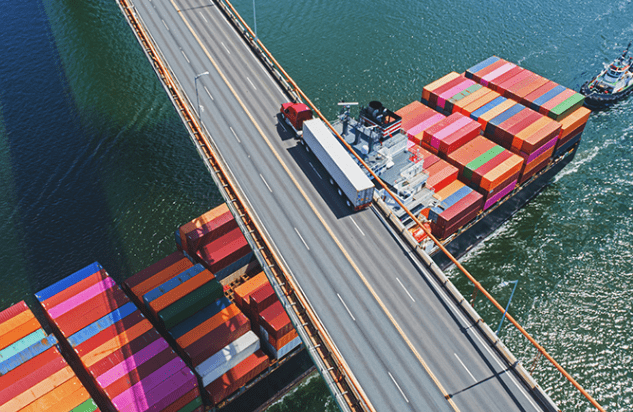Canada’s trade strategy aims to revitalize exports and promote diversification.
According to a trade official in Geneva, Switzerland, this diversification is sought not only in relation to markets and products, but also by involving diverse business entities and individuals, such as women and indigenous peoples.
While Canadian exports of goods fell 5% in 2023, to US$568.274 million, imports to Canada were US$558.685 million, a 2% decline, year-over-year.
Key measures of Canada’s trade strategy include facilitating trade, strengthening competition policy and intellectual property frameworks, promoting research and development, modernizing regulations in critical sectors, and expanding the network of free trade agreements.
The following are the top destinations for exports from Canada of goods in 2023 and their share of total Canadian foreign sales:
- United States (77.6 percent).
- China (4 percent).
- Japan (2.1 percent).
- United Kingdom (1.8 percent).
- Mexico (1.1 percent).
Trade strategy
Now, these are the main external suppliers and their share of total Canadian imports of goods in 2023:
- United States (49.6 percent).
- China (11.8 percent).
- Mexico (6.1 percent).
- Germany (3.3 percent).
- Japan (2.7 percent).
Critical minerals
Recognizing the opportunities presented by the global shift to net-zero emissions, Canada strengthened its carbon pricing system and adopted green incentives and a critical minerals strategy.
The country also introduced trade and investment measures to counter perceived unfair trade practices abroad, such as a new policy to review foreign state-owned enterprise (SOE) investments in critical minerals and amendments to improve the trade remedy system.
Canada is an active participant in the World Trade Organization (WTO) and other multilateral, regional and bilateral trade initiatives.
In recent years, Canada saw the implementation of new free trade agreements, including the United States-Mexico-Canada Agreement (USMCA) and the Canada-U.K. Continuity of Trade Agreement.
Canada also renewed its preferential tariff programs for developing countries and introduced the General Preferential Tariff Plus program to promote human rights, labor, gender equality and climate change standards.

